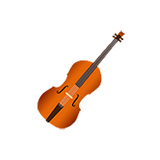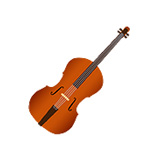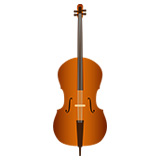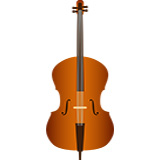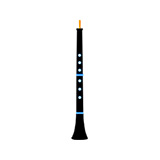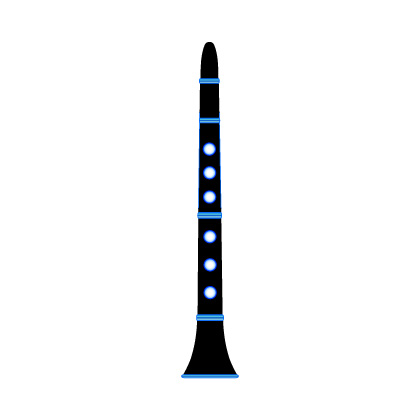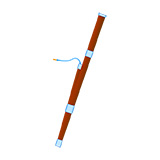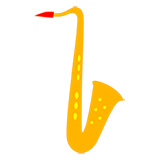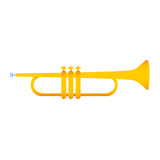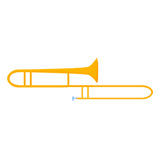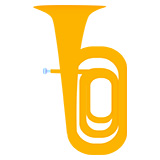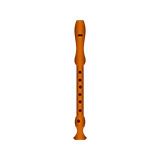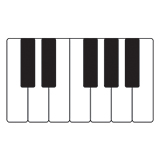
Home - Time Focus - Time Lines - Rhythmic Dictation Contents
How to Practice Rhythmic Dictation with Time Lines
What is rhythmic dictation?
Rhythmic dictation is the process of listening to a specific rhythm and accurately writing down (transcribing) exactly what is being played. It is one of the best ear training tools that musicians have.
It will help you accomplish the following:
• Improve your recognition of rhythms.
• Expand your musical awareness.
• Extend your musical memory.
• Communicate more accurately and more efficiently with other musicians.
What do you need to start working on rhythmic dictation?
To start working on rhythmic dictation, you only need paper, a pencil, and music examples to transcribe. The Time Lines rhythmic dictation examples are a great place to start. They provide an organized, stepwise series of examples to transcribe. You can also use the rhythm dictation practice block sheets to help you get started.
How does one improve their rhythm dictation skills?
Organized practice!
The Time Lines Rhythmic Dictation Quizzes provide many examples of rhythm patterns for students to listen to and transcribe. Each quiz features examples of rhythm patterns from the Time Lines Music Method. The quizzes are presented in a stepwise manner and feature material from one unit at a time.

The pattern examples will play four times. During the third time through each example, you will only hear the metronome click, so you can review the pattern in your mind and reinforce your memory of the rhythm. You can alway pause or replay the examples to make sure you are writing them down correctly. While each pattern plays, a bar moves across the screen to indicate where you are within the pattern. Numbers on the left indicate which repeat of the pattern is playing, as shown in the image below.
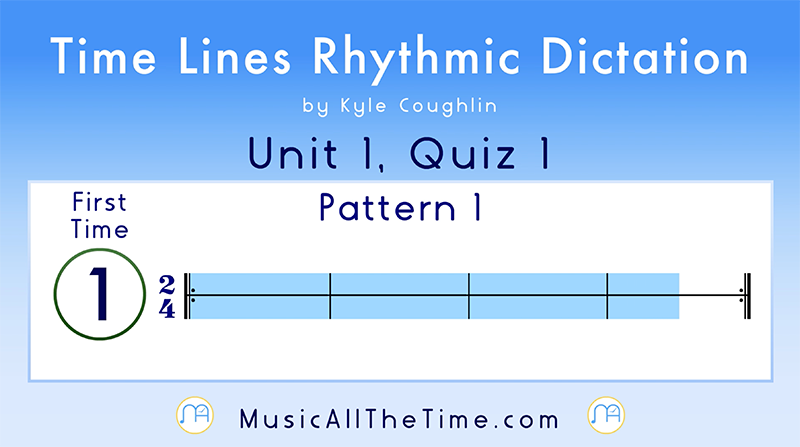
At the end of each video, the answers are given so you can check your work. The Time Lines pattern number is also provided, so you can look it up on this website and practice any rhythms you had difficulty with.
Here are some suggestions for accurate transcription of rhythmic dictation.
First, know what time signature you are in. The Time Lines dictation examples all indicate the time signature of each pattern.
Secondly, count! Always count the beats so you feel the downbeats and know exactly where every other beat occurs.
If you are new to rhythmic dictation or want to ensure that you are transcribing the rhythms accurately, you can start out with the Time Lines Practice Block sheets.



